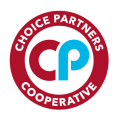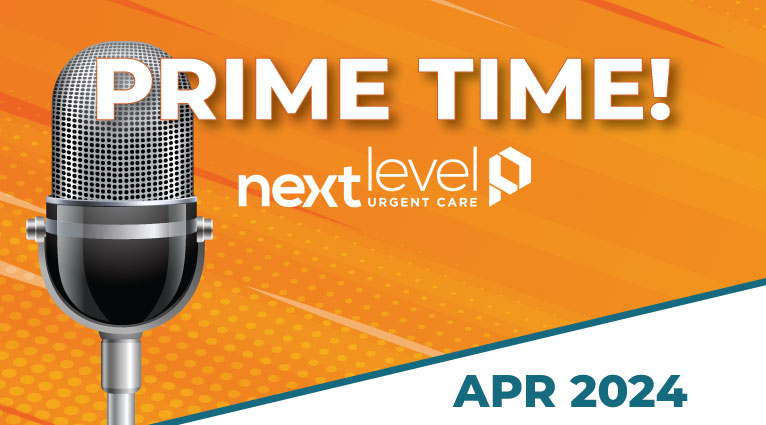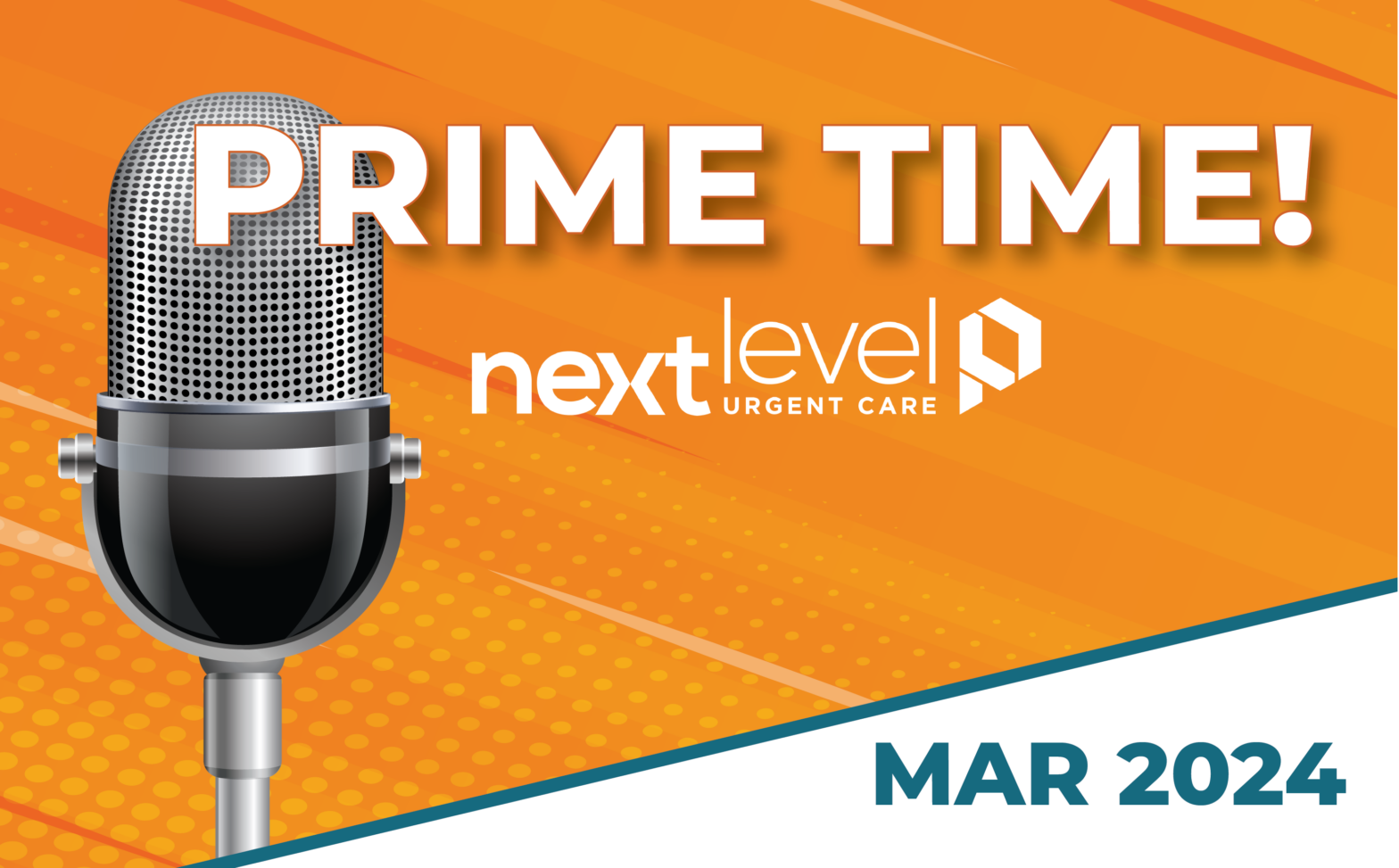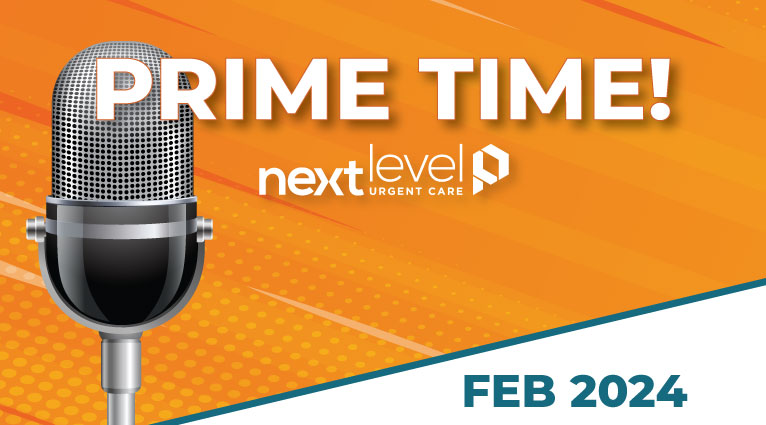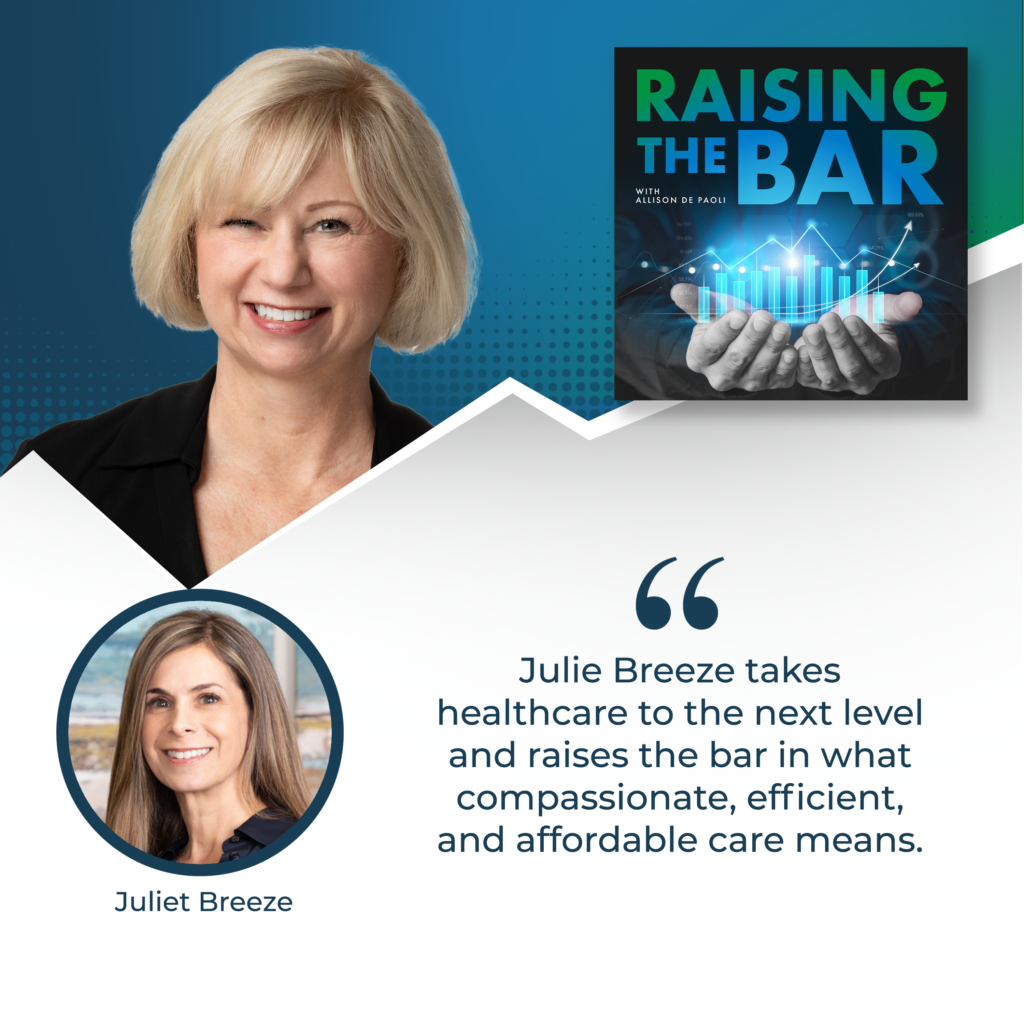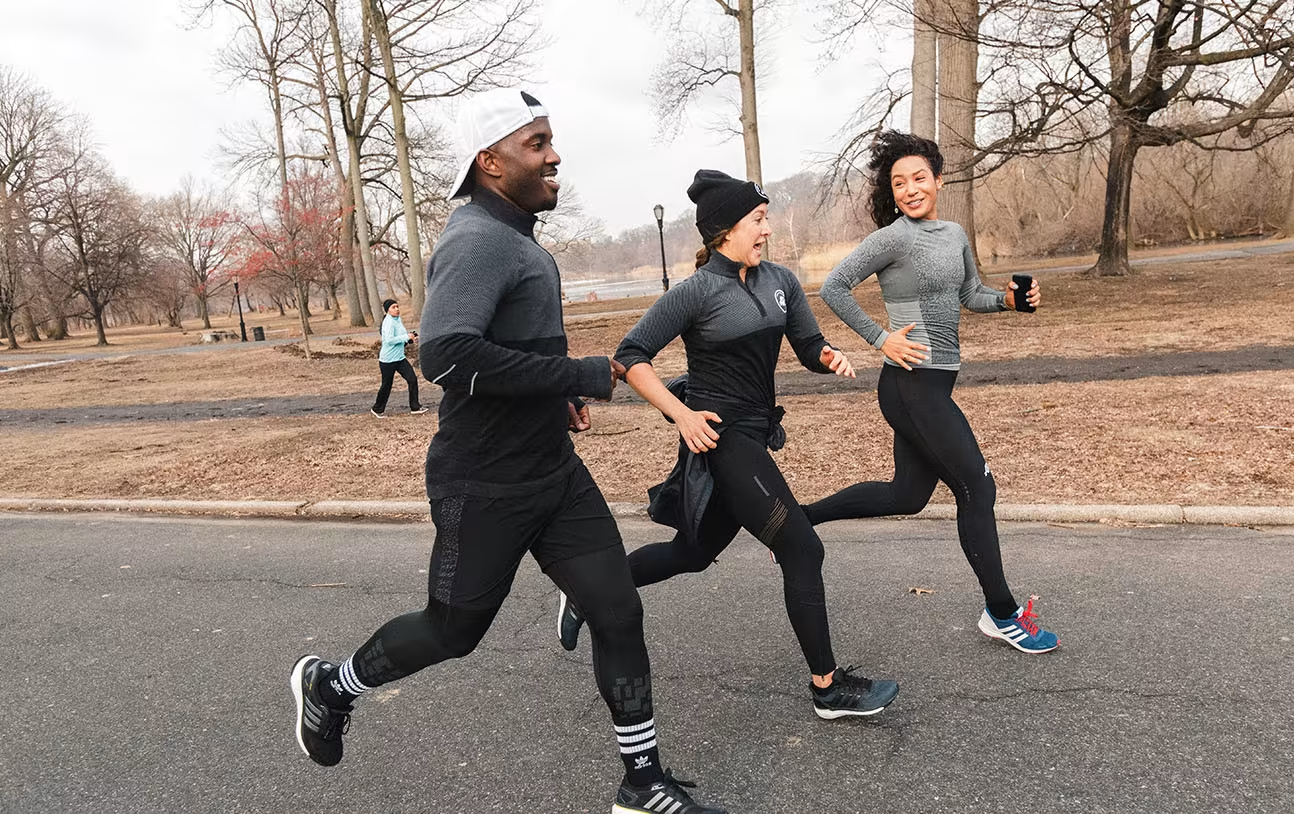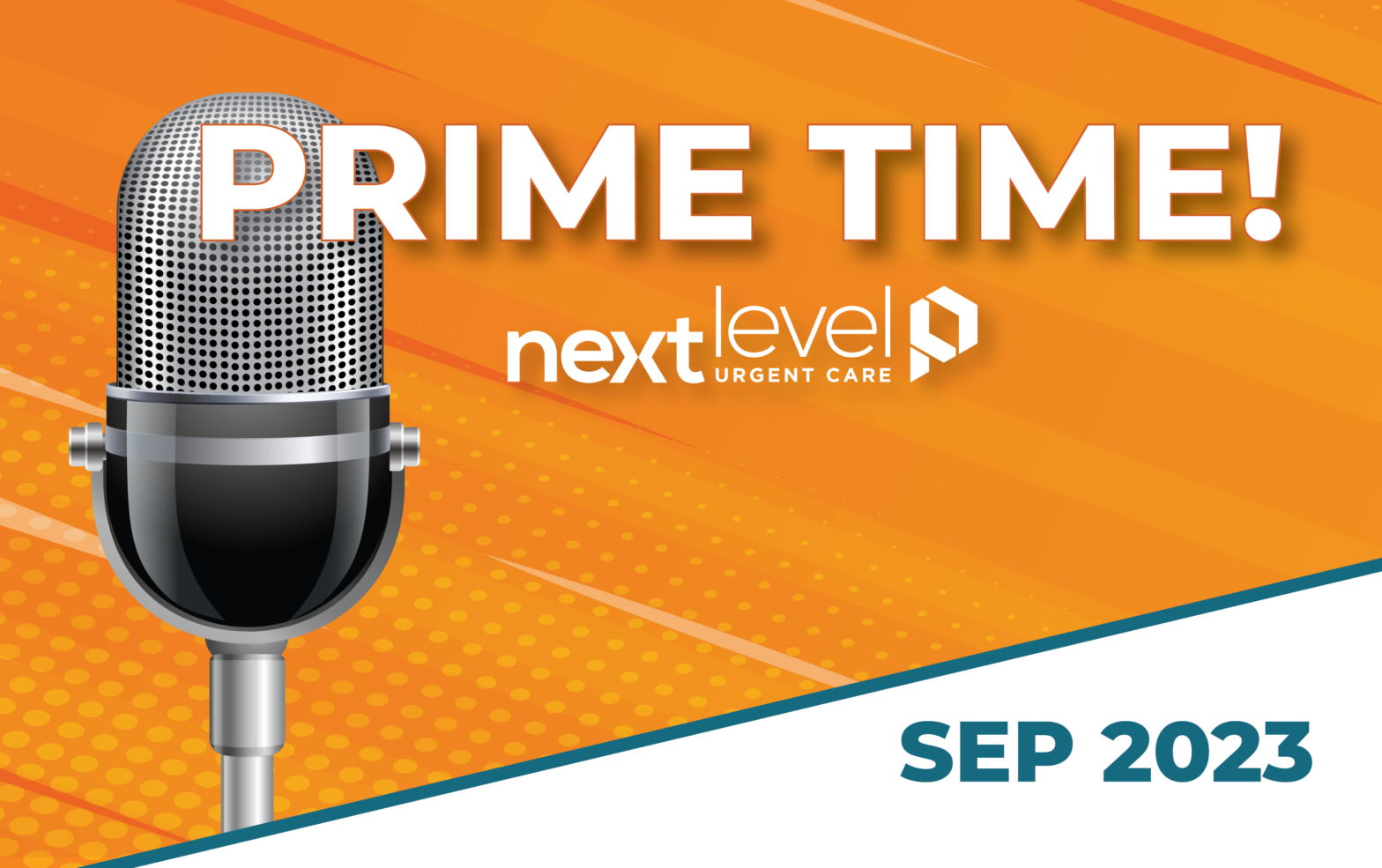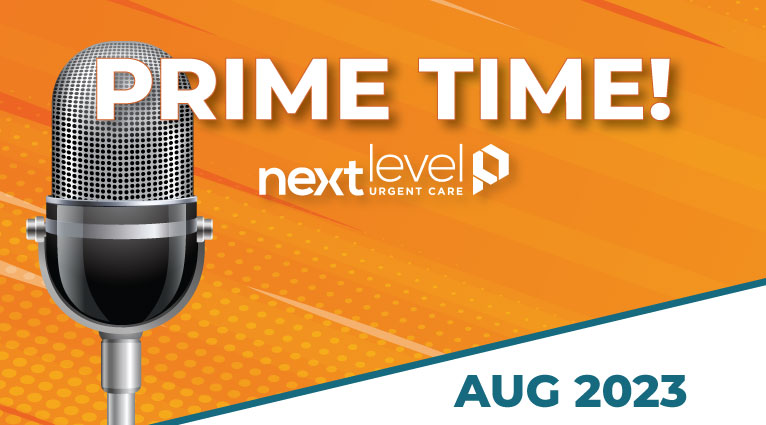Healthcare Economics: Why Rising Costs Matter
Why Healthcare Economics Matter
Reports, studies, and analyses regarding the economic trends of healthcare are numerous, and unfortunately, widely negative. From Texas having the 5th highest healthcare costs in the United States, to the 6-8% increase in employer provided health plans in 2024, the healthcare market as a whole seems to be spiraling downward.
It’s crucial (especially for employers) to truly understand the economic impact these healthcare trends are having on real people, businesses, and families. Not only to stay informed, but to make beneficial, transformative, and sustainably positive change within their organization.
Topics Covered in the Livestream
- With inflation, everything is more expensive these days. Why focus on healthcare costs?
- Does examining costs even matter since employers pay for healthcare coverage for their employees?
- Why are health care costs growing so quickly?
- What do you believe we can do to rein in costs?
- What role does Advanced Primary Care have in controlling cost growth?
- Are there other important areas that need to be addressed to control costs?
- Who funds research to figure out what to do?
- Why it is important for the issue of healthcare cost to be discussed at the national policy level.
Make Healthcare Free for Your Employees
Our comprehensive white paper details everything you need to know to begin exploring and onboarding Advanced Primary Care!
DOWNLOAD THE WHITE PAPER
